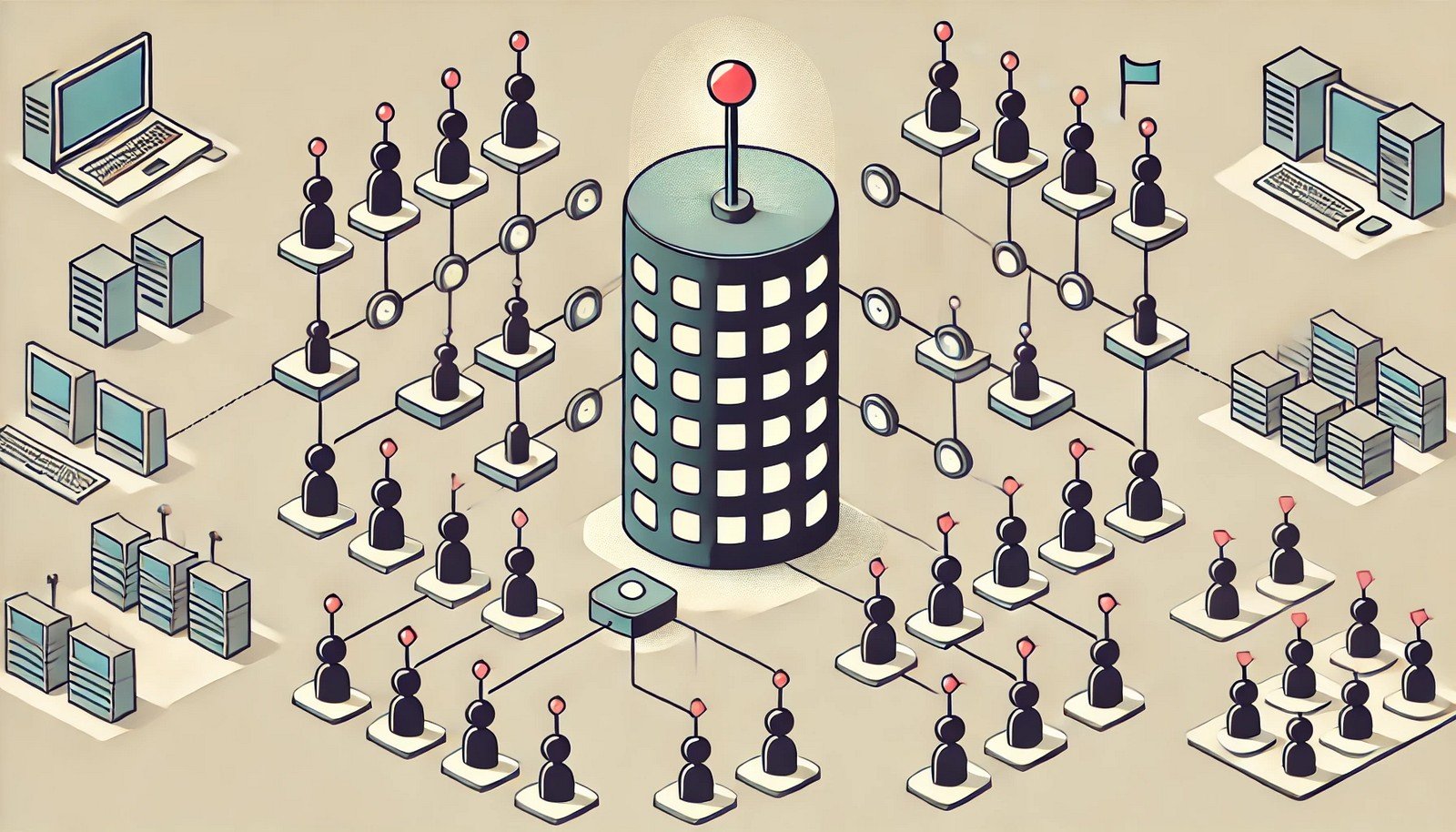Semaphore
 (Representational Image | Source: Dall-E)
(Representational Image | Source: Dall-E)
Quick Navigation:
- Semaphore Definition
- Semaphore Explained Easy
- Semaphore Origin
- Semaphore Etymology
- Semaphore Usage Trends
- Semaphore Usage
- Semaphore Examples in Context
- Semaphore FAQ
- Semaphore Related Words
Semaphore Definition
A semaphore is a synchronization mechanism in computer science used to control access to shared resources in concurrent programming. It uses a signaling system to coordinate the execution of threads or processes, ensuring safe and efficient resource sharing. Semaphores are classified into two types: binary semaphores, which toggle between zero and one, and counting semaphores, which allow a defined number of threads to access the resource simultaneously. They play a critical role in preventing race conditions and ensuring mutual exclusion.
Semaphore Explained Easy
Imagine a bathroom with a lock. When someone locks the door, no one else can enter until it’s unlocked. A semaphore works like that lock, allowing only a specific number of people (or programs) to access a shared space (resource) at the same time.
Semaphore Origin
The concept of semaphores originated with Edsger W. Dijkstra, a pioneer in computer science, who introduced them in the 1960s to solve synchronization problems in operating systems.
Semaphore Etymology
Derived from Greek roots, "sema" means sign or signal, and "phoros" means bearer, reflecting its function of signaling control.
Semaphore Usage Trends
Semaphores remain a vital component in modern programming, especially in multithreaded and real-time systems. With the rise of parallel computing and distributed systems, semaphores have adapted to handle increasingly complex synchronization challenges.
Semaphore Usage
- Formal/Technical Tagging:
- Synchronization
- Concurrent Programming
- Multithreading - Typical Collocations:
- "binary semaphore"
- "counting semaphore"
- "semaphore in operating systems"
- "semaphore wait signal"
Semaphore Examples in Context
- A semaphore is used in printers to manage the queue of print jobs, ensuring that only one job accesses the printer at a time.
- Traffic signals operate like semaphores to regulate the flow of vehicles at intersections.
- In a shared file system, semaphores prevent multiple users from modifying the same file simultaneously.
Semaphore FAQ
- What is a semaphore in programming?
A semaphore is a synchronization tool to control access to shared resources. - How is a semaphore different from a mutex?
A semaphore can allow multiple threads, while a mutex only allows one. - What are binary and counting semaphores?
Binary semaphores allow access to one thread, while counting semaphores manage multiple threads. - What problems do semaphores solve?
They prevent race conditions and ensure safe resource sharing. - Where are semaphores used?
They are common in operating systems, networking, and multithreaded applications. - What is semaphore initialization?
It sets the initial count for the semaphore, defining access limits. - Can semaphores lead to deadlocks?
Yes, improper use can cause deadlocks, halting the system. - What is a semaphore’s "wait" operation?
It decreases the semaphore's count, blocking access if the count is zero. - Are semaphores used in hardware?
Yes, they are integral to interrupt handling and hardware resource management. - What are semaphore alternatives?
Alternatives include mutexes, condition variables, and monitors.
Semaphore Related Words
- Categories/Topics:
- Operating Systems
- Multithreading
- Synchronization
Did you know?
Edsger Dijkstra, who created semaphores, also coined the term "structured programming" and significantly influenced modern computer science.
PicDictionary.com is an online dictionary in pictures. If you have questions or suggestions, please reach out to us on WhatsApp or Twitter.Authors | Arjun Vishnu | @ArjunAndVishnu

I am Vishnu. I like AI, Linux, Single Board Computers, and Cloud Computing. I create the web & video content, and I also write for popular websites.
My younger brother, Arjun handles image & video editing. Together, we run a YouTube Channel that's focused on reviewing gadgets and explaining technology.



Comments powered by CComment